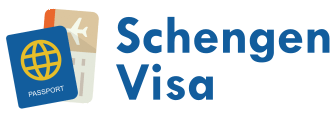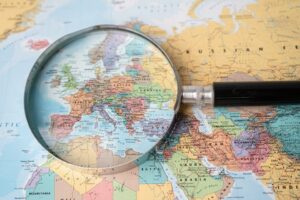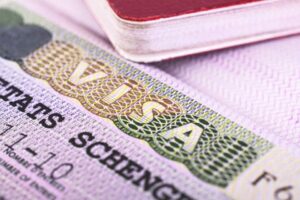Since March, Schengen and EU Member States have been essentially locked down to both external visitors and internal travel within the Schengen Area due to the COVID-19 pandemic.
From June to July 2020, some Member States began to relax their border control measures to allow for non-essential travel between Member States, and to allow international travelers to begin coming in once again.
The European Council has even kept running a list of nationalities worldwide that should be allowed in on account of being “epidemiologically safe.” The list has gotten shorter every time it is reviewed (every two weeks).
However, some Schengen Member States have begun to reinstate some of their internal and external border control measures once again, as they have started seeing new spikes in COVID-19 cases.
Included below are some Schengen Member States who have started to tighten their border controls once again.
France
France keeps a running list of high-risk countries, nationals of which will have to take a COVID-19 test before entry. Some of these nationalities include: the USA, the UAE, Bahrain, Panama, South Africa, Kuwait, Qatar, Israel, Brazil, Peru, Serbia, Algeria, Turkey, Madagascar, India, Oman, Maldives, Colombia, Montenegro, Bolivia, Kosovo, the Dominican Republic, Argentina, Costa Rica, Chile, Equatorial Guinea, Kyrgyzstan, Bosnia and Herzegovina, Moldova, Palestine, Armenia, and Mexico.
People seeking to enter France can take the test before departure from their home country or upon arrival at French borders, except for nationals of Chile, Bosnia and Herzegovina, Moldova, and Armenia, who must take the test before leaving their home countries.
Germany
Germany also keeps a running list of high-risk countries, nationals of which will need to take a COVID-19 test no more than 48-hours before departure to Germany.
Unfortunately, Germany’s list of high-risk countries is too long to list here; however, please click the links above in order to see it and check for your country.
Switzerland
The Swiss government keeps a running list of high-risk countries that can be found here. Upon entry into Switzerland, nationals coming from the countries included on the list will need to undergo a mandatory 10-day quarantine; the statement that includes the list also makes a note that a negative COVID-19 test result will not exclude a traveler from having to undergo quarantine.
Finland
Finland has reinstated border checks with several Member States, including Austria, Slovenia, Switzerland, Andorra, Belgium, and the Netherlands.
This is due to a worsening epidemiological situation in the countries listed above.
Italy
From 12 August, any traveler coming from or transited through Croatia, Greece, Malta, or Spain will need to show a negative COVID-19 test no older than 72 hours upon arrival at an Italian border or take a new COVID-19 test upon arrival.
Greece
Until at least 31 August, travelers coming from Malta, Romania, Bulgaria, Spain, Belgium the Czech Republic, the Netherlands, or Sweden must show a negative COVID-19 test no older than 72 hours upon arrival at a Greek border.
Norway
Norway keeps a running list of countries, marked as ‘green’ (clear for travel) ‘yellow’ (clear for travel with restrictions) or ‘red’ (not clear for travel).
All ‘green’ countries have now been listed as ‘yellow’ by the Norwegian government. ‘Yellow’ countries will not have to undergo a 10-day quarantine period, however, anyone arriving from a ‘red’ country must undergo a 10-day quarantine.
These countries include Spain, Portugal, Belgium, the Netherlands, Iceland, Poland, Romania, Bulgaria, the Czech Republic, or any third country.
It is not yet known when border controls will start to cease and travel to the Schengen Area will become normalized again.











